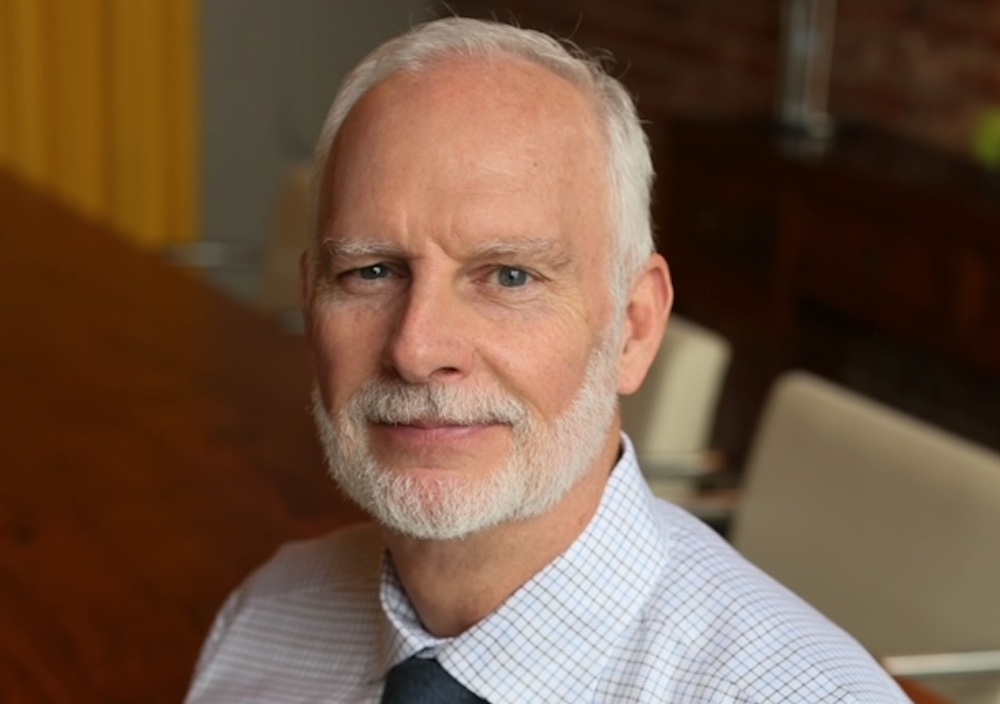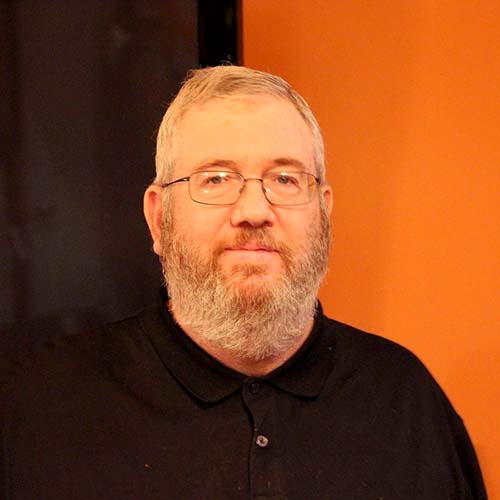
- Details
- By Mark Fogarty
- Real Estate
David Bland is a visionary when it comes to using the federal Low Income Housing Tax Credit (LIHTC) program to build affordable housing in Indian Country.
The firm he started, Kansas City-based Travois Inc., is responsible for more than 6,000 units of housing in more than 200 LIHTC housing projects on Native homelands.
Starting as an affordable housing developer in Winchester, Virginia, Bland moved on to the Federal Reserve Bank of Minneapolis, where he had a late-night epiphany about creating his own company to bring the LIHTC to tribes in that Federal Reserve district. He eventually brought it to tribes in more than 15 states.
It was not easy. He had to sue the state of South Dakota to get the first deals done, but he got the program off and running. Travois, now run by his daughter, Elizabeth Bland Glynn, continues to dominate the Indian LIHTC market in a program that brings debt-free investor equity into Native housing projects. Travois’ typical modus operandi is to act as a consultant to the tribe or tribal housing entity, which is the official developer of the housing, an important acknowledgement of sovereignty.
Tribal Business News: How did you get the idea that the Low Income Housing Tax Credit would work in Indian Country?
Bland: I was recruited in 1993 to become the manager of community affairs of the Minneapolis Fed. One of the things they told me right off the bat was part of your mandate will be to increase access to capital for all uses, including affordable housing, for minority communities in the Ninth Federal Reserve District. And the primary minority was Native Americans.
That must have been a big challenge.
I came fairly unprepared, but my heart was open to Indian Country. So, I spent my time with the Fed learning about the laws and the cultures that were “impediments” to conventional banking services being offered in Indian Country. These were not legal impediments, because what I found out is that they were misunderstandings.
So we embarked on a program to learn and to teach banking institutions, particularly state-oriented banks, that were members of the Federal Reserve Bank, on how to do business with Indian tribes and Indian people. I was lucky enough to be led in that effort by a great individual named Jim West. He led these seminars, and I would sit back and listen to Jim as he tried to teach bankers how to understand Indian Country and how these impediments were cultural and not legal, and that they had an obligation to do better.
My frustrations became apparent, because every time I would go out and visit these Indian reservations, I would sit down at a table to try to start talking with tribal leaders about access to capital and banking services. And one of the first things they would say to me was, “we’re having a housing crisis. What can you do about helping us with housing?” And I really couldn't do anything with the Federal Reserve Bank.
Is that when you started Travois?
I had a meeting with the Blackfeet in Montana, and then I drove back to the Rocky Boy’s reservation, and I was heading home on a cold January evening, around midnight on the interstate. I pulled off the highway because I was just so frustrated. And I just said, “I know how to do this. I can help the tribes with the LIHTC. But I'll have to leave the Fed.” And so, it was an epiphany of sorts. I decided that night to start a company that was going to try to use the Low Income Housing Tax Credit in Indian Country.
Had LIHTC ever been used on Native homelands?
It had never been used in Indian Country, and now it was seven years into the program. It was shocking to me. By this time, it had become the single largest source of capital for affordable housing in the country, and not a dime had been spent on an Indian reservation.
What were the first deals like?
The first deal we closed was with a nonprofit on the Cheyenne River Sioux Tribe reservation, Oti Kaga. We did actually get three in succession, so it was—in close order—Oti Kaga, the Lakota Fund on the Pine Ridge Indian Reservation, and one on the Yankton Sioux reservation. And then, shortly thereafter, one with Lower Brule, so all four in South Dakota.
And you had to sue the state? That’s shocking, since the LIHTC program allots money on a pro rata basis per state, and Indians are part of that total population. Denying them access to the program was inherently discriminatory.
We filed a lawsuit when we were denied credit. We ended up filing a Fair Housing Act complaint. And the state turned around and gave us credits, and we did those four deals. Those four were quickly followed by a bigger project with the Red Lake Band of Chippewa in Minnesota.
Did you run into any resistance from the tribes?
It took two years to get our first deals done in South Dakota and Minnesota. Part of that was because tribal housing authorities had a very well-deserved reluctance to do business with white guys coming on the reservations. They've been victimized so many times that they were very skeptical. So, I made a conscious decision that I was going to go really slowly, and I wasn't going to push. I wasn't going to make any kind of promises I knew that I couldn't keep.
For a long time, my impression was that you were the only one doing these deals in Indian Country. Is that true? And how long did that go on for?
Yeah, that's true. We would have a competitor here and there who would try to do a deal with an Indian reservation, and then they would screw it up and set us back because then that just enlivened the skepticism. But basically, we had 90% market share for over 10 years, and I think we basically still have a 90% share. There are a couple of other groups, but not anybody able to do the full range of services that I can do.
I imagine you had to go out to all the reservations. None of them came to you.
Oh, yeah. Put on a lot of frequent-flier miles. Over 400,000 miles with one airline and when you combine them all, over a million miles. But there was more to it than that. You fly from Minneapolis to Billings and then you have to drive for four hours. It's not easy.
Which of the LIHTC projects really sticks out in your mind?
I think it probably has to be Red Lake. It was shortly after they had a shooting at the high school [in 2005]. I remember we did a project that closed a month or so after that school shooting. The Housing Authority was really pretty close to the school and they had a lockdown, and many of the people working at the Housing Authority had relatives who were either killed or had been impacted [by the shooting]. I remember that project being something that helped bring people together. Gave them a small sliver of hope.
How did you convince investors it was a good idea to funnel money into these remote places?
The one thing that I've always said is that you will never have a more secure deal. It's so baffling to me that deals on Indian reservations are far less risky than a deal outside of [them], with the tribal backing. Investors ought to be clamoring to do these deals on Indian reservations, because the risk is so much less.
Tribes get a yearly check from Washington, which enables them to do it, from NAHASDA. And then you combine that with the capital from the investors. That drives economic activity, and that gives people hope. That's an important component of building, creating another sense that things can happen. Every job you create building a house results in two or three other jobs.
How do the tribes benefit from being the developers?
The tribal Housing Authority itself is almost always the general partner.
They take a fee, a really nice fee. And they have demonstrated leverage of their NAHASDA money. And they're meeting the needs of their community.
What is the future of the LIHTC in Indian Country?
There needs to be a set-aside for Indian Country, because we still don't get access to [LIHTC] to the extent that we need.
This interview was edited and condensed for clarity and length.
